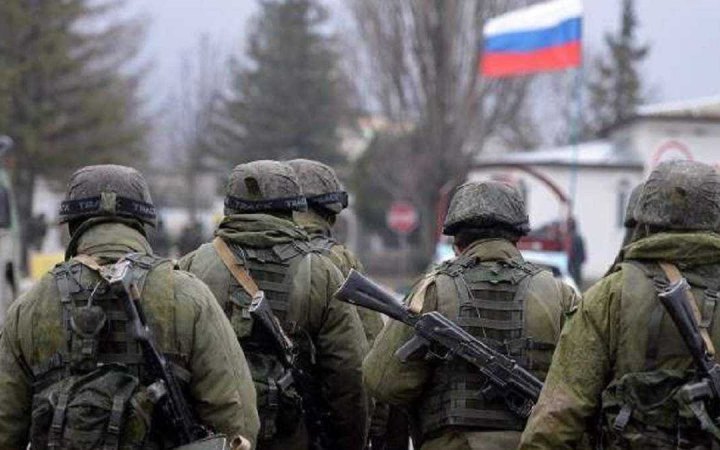According to intelligence, there are 462,000 Russia's troops fighting in Ukraine.
"Such a number of troops on our territories allows the Russians to rotate: to withdraw those units that have lost their combat capability - where the number of personnel is less than 50% - to the homefront. And after restoration and replenishment, they return to the front line," said Vadym Skibitskyy, representative of the Defence Intelligence of Ukraine.
There are also 35,000 Rosgvardia troops deployed in the temporarily occupied territories to support the occupation regime.
The Defence Intelligence of Ukraine has data on the amount of Russian ammunition and the capabilities of the Russian military-industrial complex.
In particular, according to Skibitskyy, Russia's defence industry is capable of producing 2 million rounds of ammunition per year. These are 122 mm and 152 mm shells. However, in 2023, the Russian industry was unable to fully meet the needs of the Russian army. The deficit was about half a million shells.
According to the intelligence service, the Russians first transported shells from Belarus, then purchased them from Iran, and then large batches of ammunition from North Korea. The DIU is aware of the routes used to transport the shells, the warehouses where they are stored, and how they are then delivered to the frontline.
Skibitskyy also said that Russia plans to increase ammunition production in 2024, but has a number of problems related to the lack of components, qualified personnel and production facilities.
According to the DIU, "Russia will have a deficit of 500,000 rounds of ammunition and will try to find it somewhere.”








